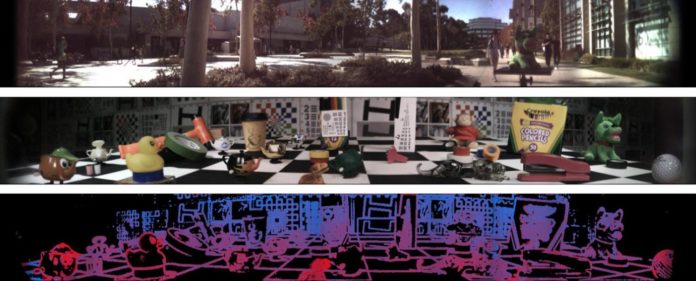Scientists at the Standford University along with University of California San Diego have developed a 4-D camera that could generate information-rich images and video frames. It could empower robots to better explore the world and comprehend certain parts of their condition, for example, protest separation and surface.
This 4-D camera is expected to be used in self-governing vehicles and enlarged and virtual reality innovations.
Donald Dansereau, a postdoctoral fellow in electrical engineering at Stanford said, “We want to consider what would be the right camera for a robot. It could drives or delivers packages by air. We’re great at making cameras for humans but do robots need to see the way humans do? Probably not.”
Primarily, scientists designed a spherical lens that provides the camera with an extremely wide field of view. It involves almost 33% of the hover around the camera. The camera also uses a version of the spherical lenses that eliminate the fiber bundles through a combination of lenslets and digital signal processing.
Its optics design and system integration resulted in a digital solution that makes it viable of creating extra-wide images. It basically relies on light field photography. Another feature includes allowing users to refocus images after they are taken because the images include information about the light position and direction.
Ford said, “One of the things you realize when you work with an omnidirectional camera is that it’s impossible to focus in every direction at once something is always close to the camera, while other things are far away. Light field imaging allows the captured video to be refocused during replay, as well as single-aperture depth mapping of the scene. These capabilities open up all kinds of applications in VR and robotics.”
Gordon Wetzstein at Stanford said, “It could enable various types of artificially intelligent technology to understand how far away objects are, whether they’re moving and what they’re made of. This system could be helpful in any situation where you have limited space and you want the computer to understand the entire world around it.”
Even if it works like a conventional camera, it is also designed to improve close-up images. Scientists believe that its depth information could result in more seamless renderings of real scenes. Thus, it could support better integration between those scenes and virtual components.
Although, this 4-D camera is still a prototype. Still, scientists are planning to create it as a compact prototype to test on a robot.
